Search Results for 'Black and Tan'
15 results found.
Politics, policing and the pain of grief
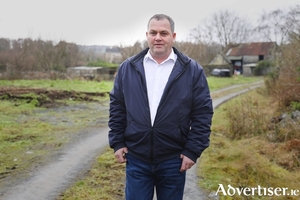
Men in dark clothing with torches were banging and roaring at the windows and doors of Noel and Lorraine Thomas’ rural home in Gortachalla exactly one year ago.
The Protestant Boys orphanage at Clifden
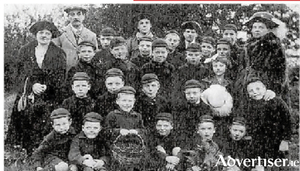
Even though the National Army ousted the anti-Treaty forces from Clifden in August 1922, they had not gone away. They still remained a threatening force, well armed and determined. Ever since the Black and Tan war the so called Connemara Flying Column, still under the leadership of Peter McDonnell, Gerald Bartley and others, were firmly on the anti-Treaty side. They were familiar with the path-ways and mountain hide-outs, which made them virtually invisible in times of pursuit.
The boy from the Jes, who became the voice of Germany
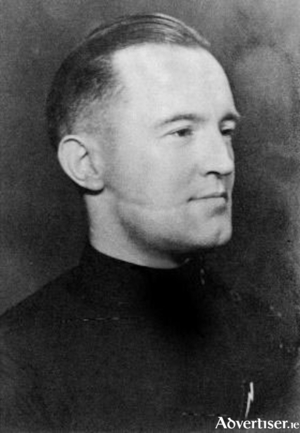
The late Billy Naughton, College Road, said he spluttered into his cup of tea, when he instantly recognised the upper-class, nasal drawl, of William Joyce reporting continuous Nazi victories on Radio Hamburg, Reichsrundfunk, during its English-language broadcast in October 1939. He was ridiculed as ‘Lord Haw-Haw’ and was the butt of Musical Hall jokes, yet he was listened to and despised for his clever mix of fact and lies.
Tubberclair tale prominently features in new ‘Grassroots’ GAA publication
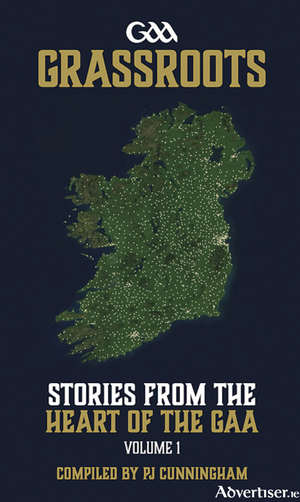
Tubberclair native, John Lennon, narrates one of eight Westmeath stories to feature in a fascinating new book on the GAA – written by people at the heart of the association nationwide.
A violent night in Galway

Edward Krumm was 5ft 11in, 26 years old, a bachelor and a member of the Church of England from Middlesex. He was a lorry driver with the Black and Tans and had been in Galway three weeks when he arranged to meet a civilian driver he had come to know in a pub in Abbeygate Street. This man, Christopher Yorke, described Krumm as a “generally reckless fellow who drank a lot”. Krumm was fairly drunk, brandishing a revolver and bragging that he could knock the neck off a bottle at 10 yards' range, and apparently shot at a few bottles in the pub.
Breandán Ó hEithir and the 'gentle' Black and Tans
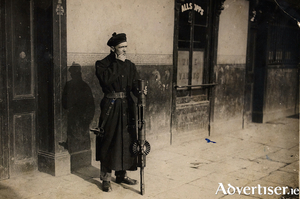
THE ANNUAL Féile na bhFlaitheartach, which usually takes place on Inis Mór each August, has been re-imagined in light of the Covid-19 pandemic, and will be an online event this year.
Dún Uí Mhaoilíosa, a brief history
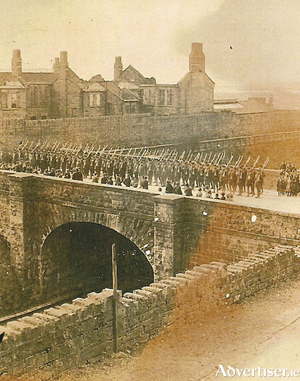
In 1852, the British war department bought lands at Renmore with the idea of building a new military barracks to replace the existing ones in the city, the Shambles and the Castle Barracks. These two building complexes were getting old and deteriorating and needed to be replaced. In 1880, the new barracks were built at Renmore. They were occupied by the Royal Irish Fusiliers and later by the Connaught Rangers.
The story of Jack Lohan
Dear Editor,
Poppies, PESCO, and the increasing militarisation of the EU
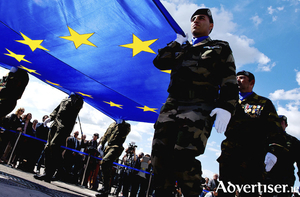
In political terms, these last few weeks have been depressing. First, we were subjected to the electoral version of Who Wants To Be A Millionaire? (aka the Irish presidency), while thousands of Irish families remain homeless, with no sign of a publicly financed house building programme.
An Irish Airman
Week VI

